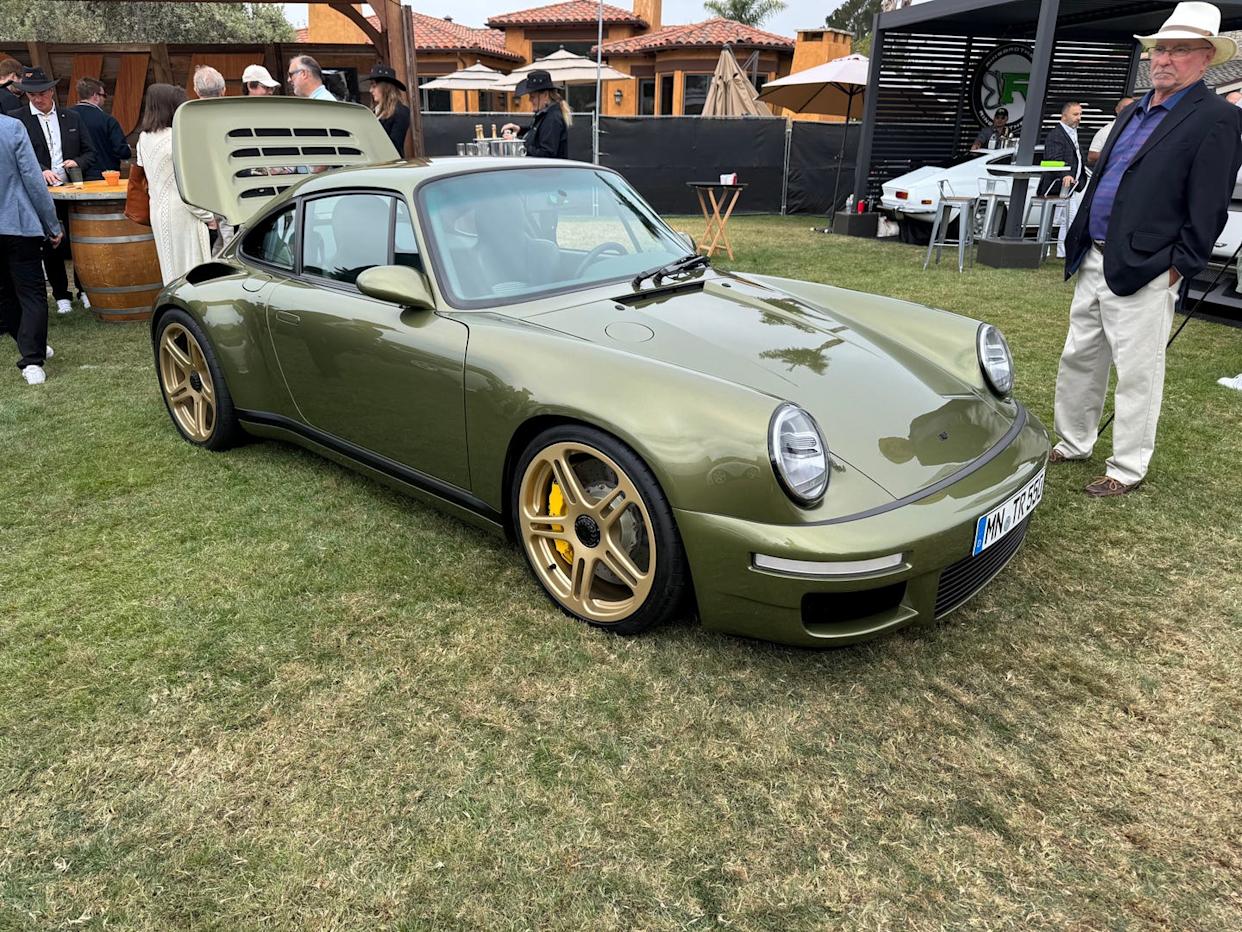
The 2026 Ruf Tribute features a completely new air-cooled flat-six engine engineered and built by the company.
Paired solely with a seven-speed manual, the aluminum 3.6-liter dry-sump engine makes 543 horsepower and 551 pound-feet of torque.
Ruf expects to build between 50 and 100 Tributes over the next five years, with each one priced at roughly $1.7 million.
In celebration of the Porsche 911's 60th birthday, renowned 911-fiddler Ruf debuted the Tribute two years ago at The Quail during Monterey Car Week. But this model goes way beyond the car's visual throwback to the 964 generation of Porsche's iconic coupe.
Although Ruf has plenty of experience upping the output of Porsche's flat-sixes, this time it went all-in with a completely new air-cooled flat-six engineered and built by Ruf, complete with a belt-driven fan in back that will look familiar to anyone who's popped the engine lid on an air-cooled 911.
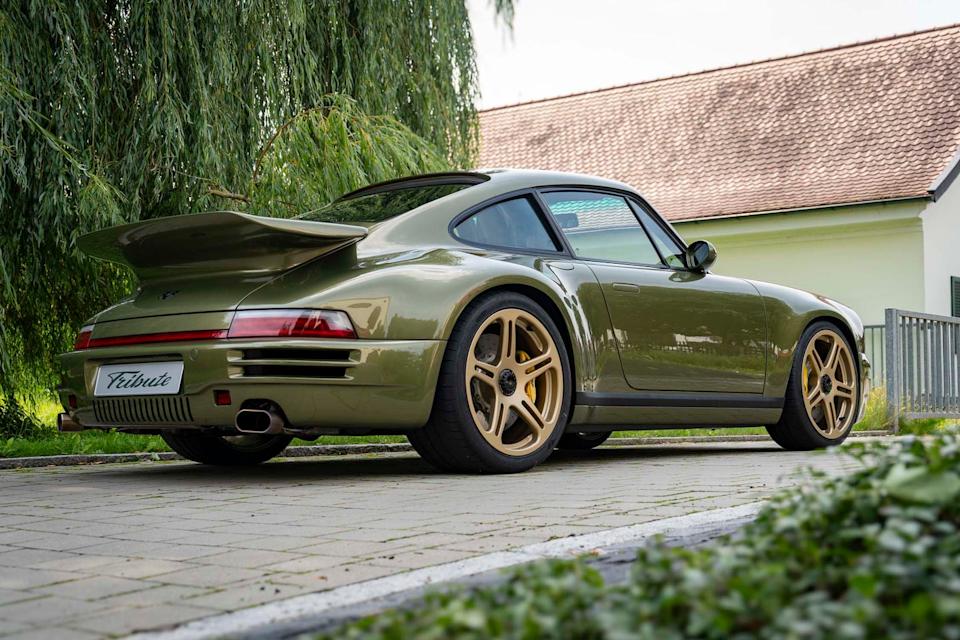
This year at the Quail, the company showed off the production version of the 2026 Tribute, along with the first delivery of its safari-build Rodeo that it debuted last year. Impressively, the Tribute meets all Federal Motor Vehicle Safety Standards (FMVSS)—although, for low-volume automakers such as Ruf, virtual crash testing stands in for the real thing. It also recently passed emissions testing. Of course, emissions were one of the reasons Porsche cited in switching to water cooling for the 996 911 in the late 1990s. The first Tributes, which are hand-built in Germany, will be delivered in 2026.
The aluminum 3.6-liter dry-sump engine makes 543 horsepower and 551 pound-feet of torque and embraces modernity with dual-overhead cams and variable valve timing and lift, but it sticks with three valves per cylinder. According to Alois Ruf, president of Ruf Automobile, the reason for having one exhaust valve is to ensure there's enough cylinder-head mass around the valves to dissipate heat.
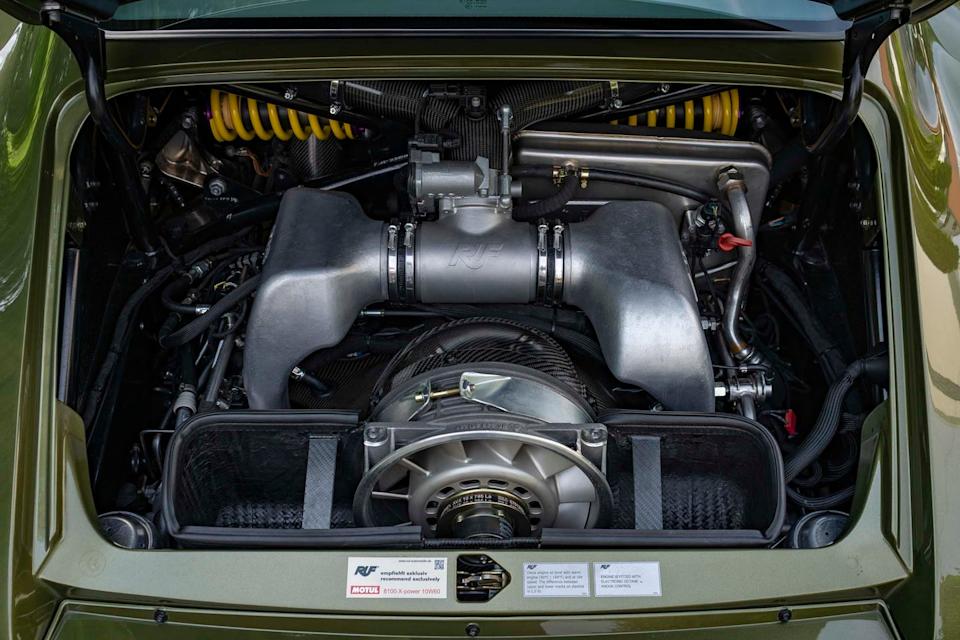
A four-valve design with two exhaust valves risks overheating the narrow section between the valves. In addition to the typical engine info such as oil temperature, there's also a cylinder-head temperature readout in the digital gauge cluster. As for emissions, Ruf says the trick is in using variable valve timing on the intake side to retard timing under part load. Two spark plugs in each cylinder also help. If you're guessing that an all-new engine built for a handful of cars doesn't come cheap, you'd be right, as the Tribute starts at $1.7 million based on the current Euro-to-dollar exchange rate.
Underpinning the Tribute is a carbon-fiber tub with front and rear aluminum subframes, control-arm suspension with pushrod adaptive dampers front and rear, forged 19-inch wheels, and carbon-ceramic brake rotors. The body panels are also entirely rendered in carbon fiber. The only transmission is a seven-speed manual.
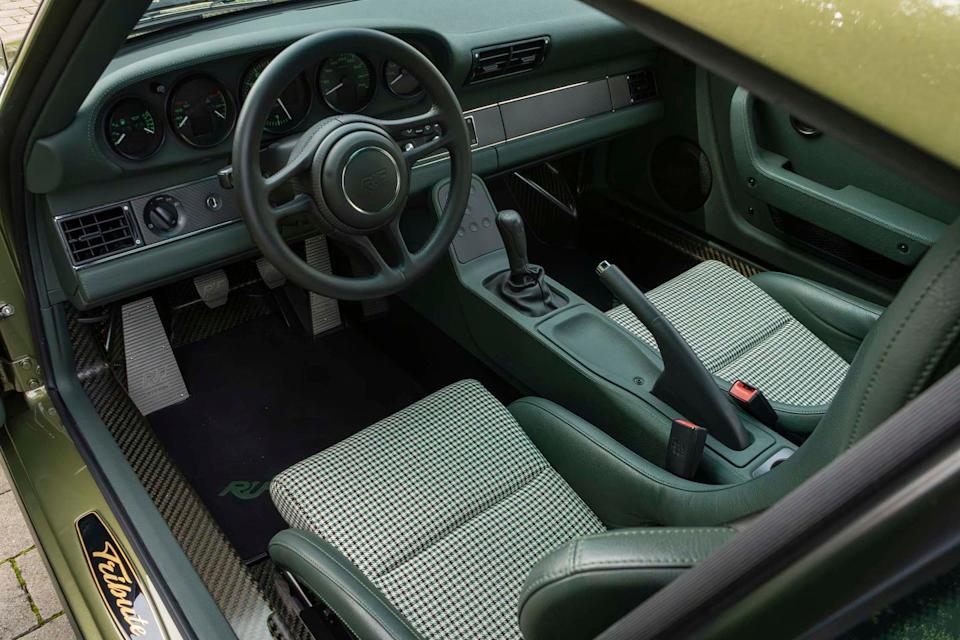
Dimensionally, the Tribute also keeps it old school, with its 165.6-inch length, 71.6-inch width, 49.8-inch height, and 92.2-inch wheelbase far closer to the specs of a 964 than today's 911, which is more than a foot longer. Even better, Ruf's claimed curb weight of roughly 2800 pounds makes the Tribute lighter than a Carrera 2 we tested in 1990, despite more than double the power and almost 40 mph more speed at its top end (200 mph).
They say you can never go back, but Ruf seemingly disagrees. And the company seems to be onto something. By 9:30 am at The Quail, two attendees had placed orders, joining the two-to-three-year wait time. Ruf says the company can build 30 cars per year—split amongst the Tribute, Rodeo, and SCR models—and expects to build between 50 and 100 Tributes over the next five years.
You Might Also Like
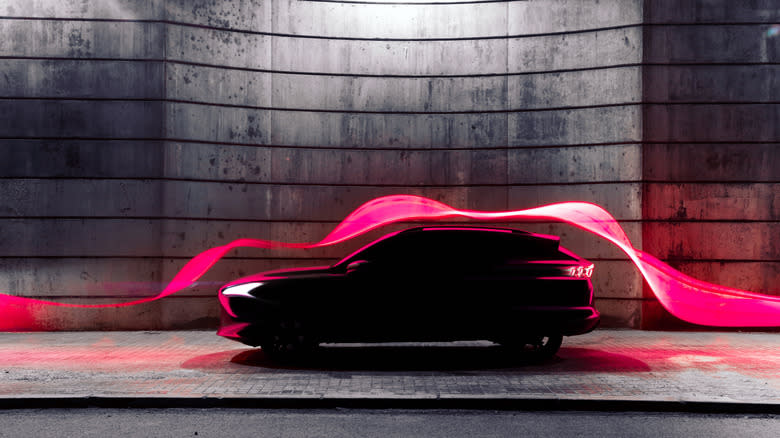
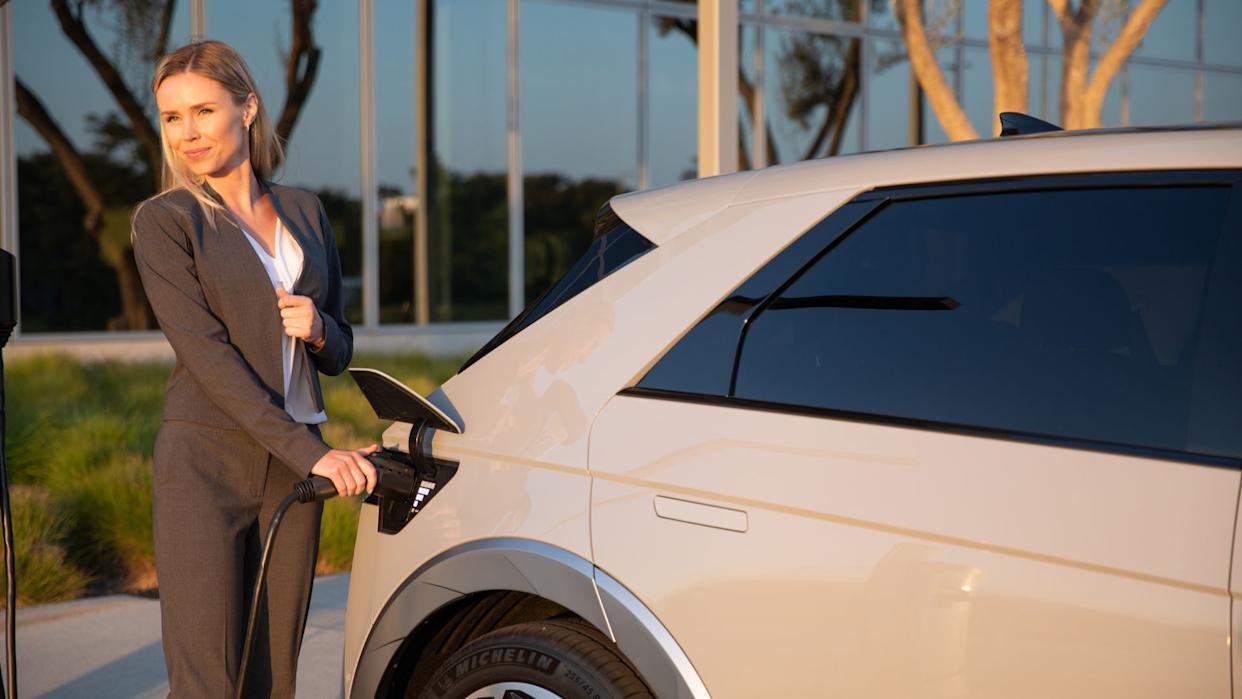
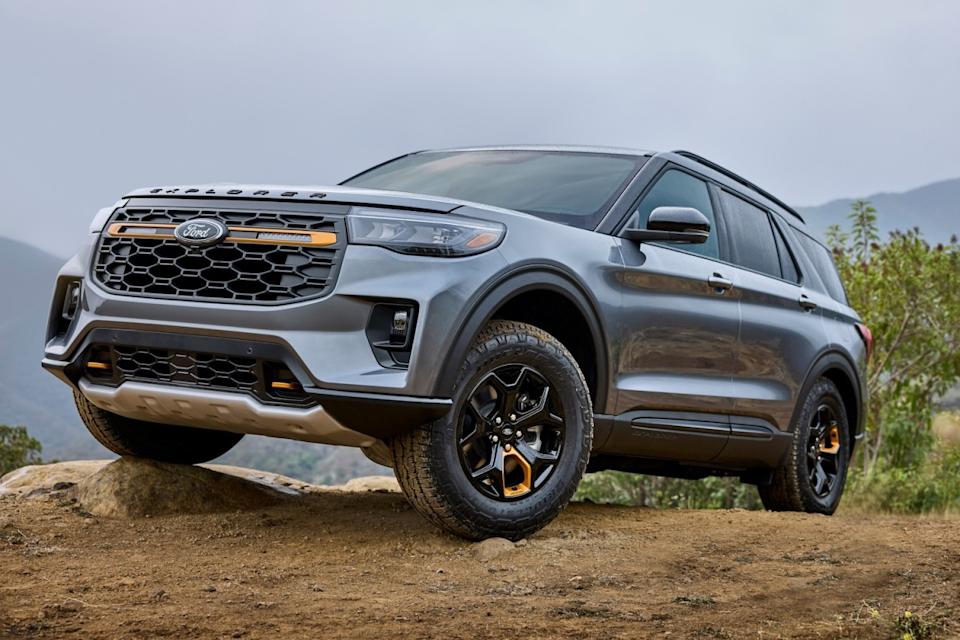
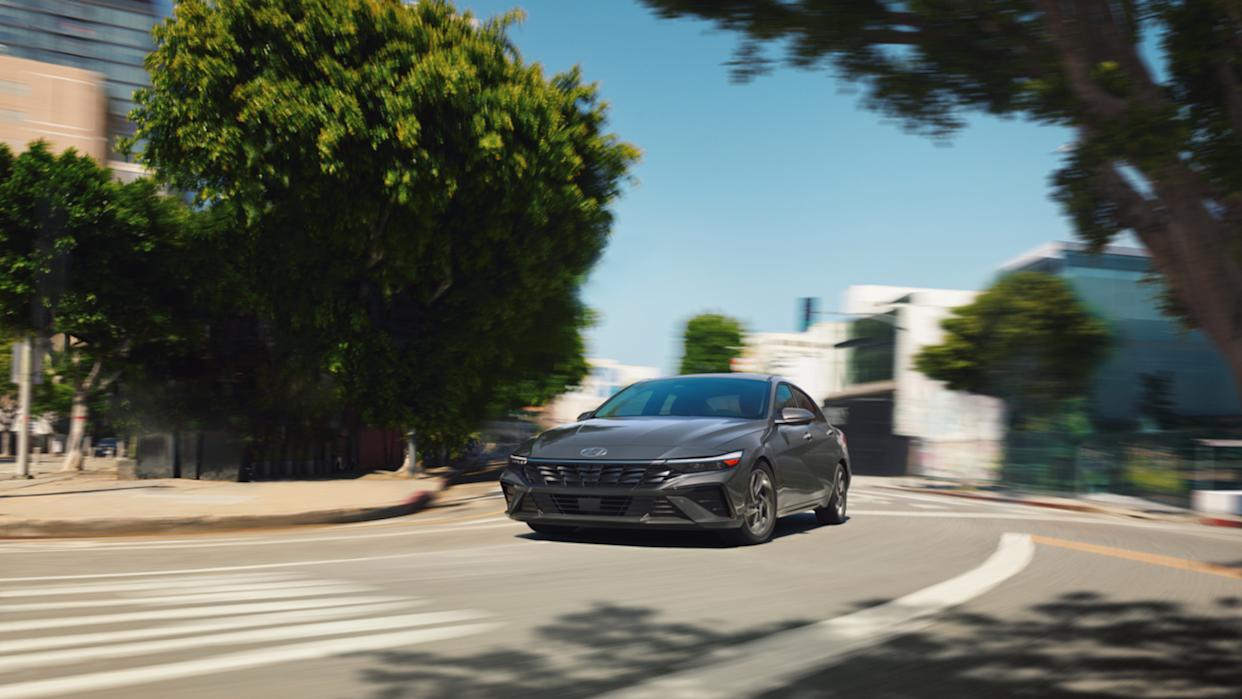
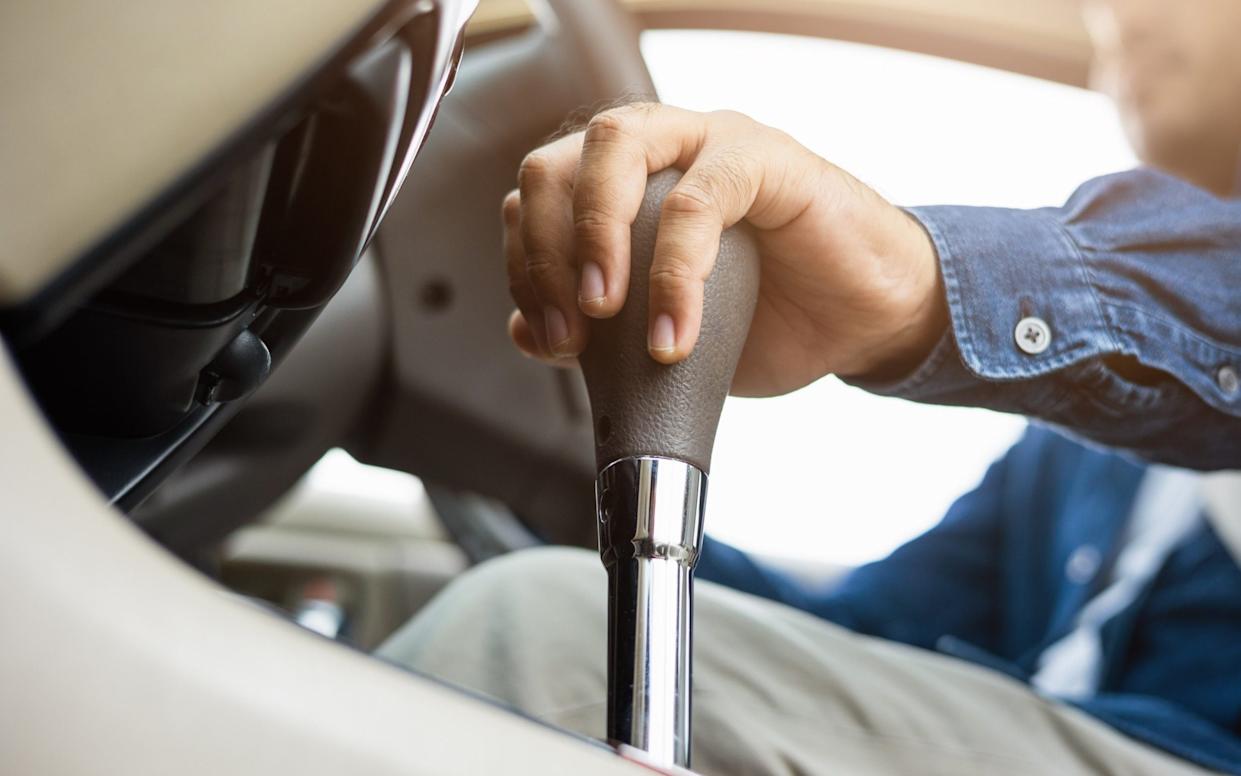


Comments